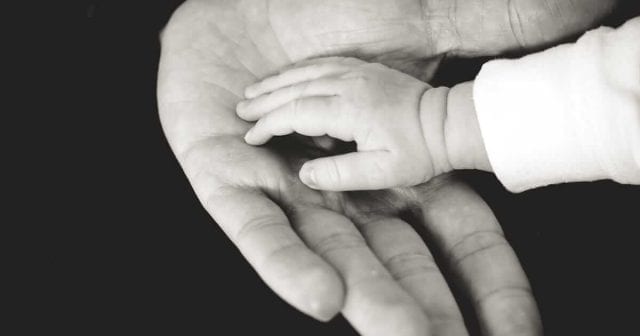From the moment you find out you’re expecting your first bundle of joy until the moment they leave home, you worry about your kids. You notice dangers that you never saw before. Everything is a potential hazard, and it’s your job to project your baby, no matter how old they are.
One of the places where you can make a big difference, and protect your kids for several years, is in the car. September is Baby Safety Month, and a great time to think about car seat safety. Take a look at these tips to make sure your kids are safe from the very beginning.
BIRTH TO 22 POUNDS
Until your child is both one year of age and 22 pounds, they should use a rear-facing car seat. Many brands can be converted to a forward-facing seat once your child is big enough. Make sure you read the owner’s manual to be sure. If your baby reaches 22 pounds before their first birthday, do not change them to a forward-facing car seat. Instead, move them to a rear-facing seat capable of handling bigger babies. If this is your first car seat installation or if it’s been a while, have the installation professionally checkedto make sure the seat is secure.
UP TO 40 POUNDS
Once your baby becomes a toddler and they reach that one year and 22 pound threshold, you can move them to a forward-facing seat until they’re about 40 pounds in weight. Age won’t matter at this point, only size. Their new car seat should be as snug and secure as their rear-facing seat. You can use both the seat belt and the tethers in your car to install the car seat, and if you’re unsure, have this installation checked, too. Once strapped in, the buckle should be centered on their chest, and you should only be able to put one finger between their body and the straps.
40 TO 80 POUNDS
When your child hits the 40 pound mark, you can consider transitioning to a booster seat. This car seat simply lifts up your child so that the seat belt sits correctly across their body. The lap belt should be snug against their upper thighs and the shoulder belt should come across their chest. If they reach 40 pounds but the seat belt doesn’t fit correctly with a booster seat, keep them in a forward-facing car seat until it does.
Once your child is 80 pounds and their feet sit flat on the floor, you can consider doing away with the booster seat. Again, the seat belt should fit correctly, and if it doesn’t, keep the booster. Kids 12 and under should sit in the backseat, regardless of their size or need for a car seat, as it’s the safest place for them.
Another way to keep you and your entire family protected in the car is with a good auto insurance policy. Get information about what your policy currently covers or a quote from a new plan by calling us at Charlotte Insurance. We’re here to help you protect your family no matter what life throws at you.

